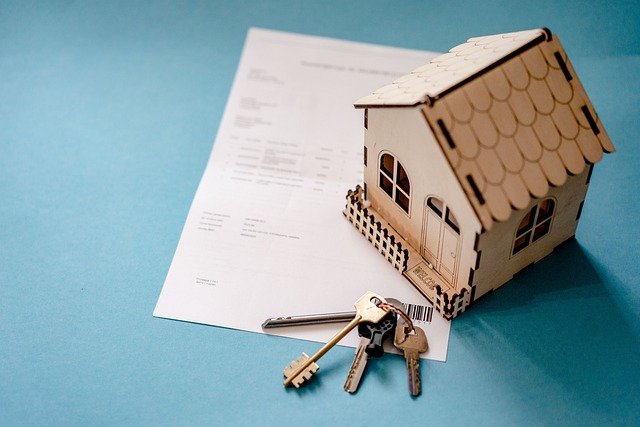Revitalizing Communities through Adaptive Reuse Real Estate
Introduction: As cities evolve, so do their buildings. Adaptive reuse, the practice of repurposing buildings for new uses, has emerged as a powerful tool in real estate. This strategy not only breathes new life into old structures but also offers lucrative investment opportunities.

The Genesis of Adaptive Reuse
Adaptive reuse is not a recent phenomenon. It has its roots in the past when resource scarcity necessitated the creative use of existing structures. However, the modern concept of adaptive reuse began gaining traction in the mid-20th century. This came about as urban renewal movements sought to preserve architectural heritage and combat the environmental impact of demolition and new construction. Today, adaptive reuse is a transformative real estate strategy driving urban development.
Adaptive Reuse in Today’s Market
The current real estate market provides a fertile ground for adaptive reuse projects. As urban areas continue to densify, the demand for housing, offices, and recreational spaces increases. This demand often exceeds the supply of vacant land, making adaptive reuse an attractive option. Moreover, the global push towards sustainability has made adaptive reuse a preferred strategy due to its potential to reduce construction waste and carbon emissions.
The Strategy: Turning Old into Gold
Adaptive reuse projects involve converting underutilized or abandoned structures into functional spaces for new uses. This could be transforming a deserted factory into a trendy loft apartment or repurposing a historic church into a bustling restaurant. The strategy offers several advantages. Firstly, it often requires less capital than new construction. Secondly, these projects can qualify for tax incentives and grants aimed at promoting heritage preservation and urban revitalization. However, adaptive reuse also comes with challenges, including regulatory hurdles, unforeseen renovation costs, and the task of maintaining a building’s historic character while meeting modern standards.
The Impact on Real Estate Stakeholders
Adaptive reuse can have profound effects on various real estate stakeholders. For investors, it opens up a niche market with potentially high returns. For developers, it offers an opportunity to create unique, value-added properties that attract premium tenants. For city dwellers, it delivers more housing choices and revitalized neighborhoods. However, it can also lead to gentrification, potentially displacing long-term residents.
Future Prospects of Adaptive Reuse
The future of adaptive reuse looks bright. As environmental sustainability continues to influence real estate trends, this strategy’s eco-friendly nature will likely drive its growth. Additionally, the post-pandemic era may see more adaptive reuse projects as the demand for traditional office and retail spaces declines.
In conclusion, adaptive reuse is a transformative strategy that offers an innovative solution to the real estate market’s evolving needs. By breathing new life into old buildings, it not only preserves architectural heritage but also creates unique investment opportunities. As cities continue to grow and change, adaptive reuse will likely become an increasingly important tool in the real estate toolbox.




